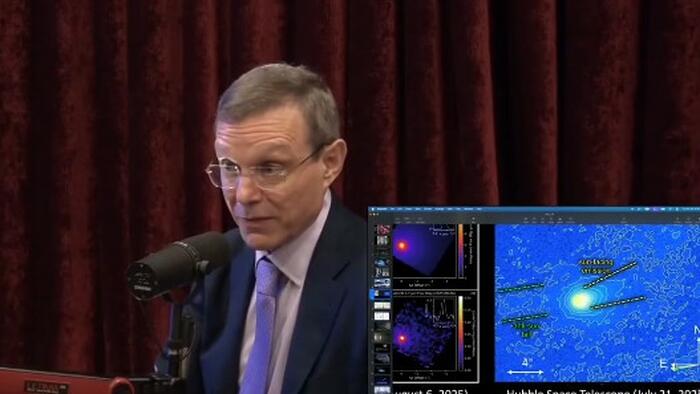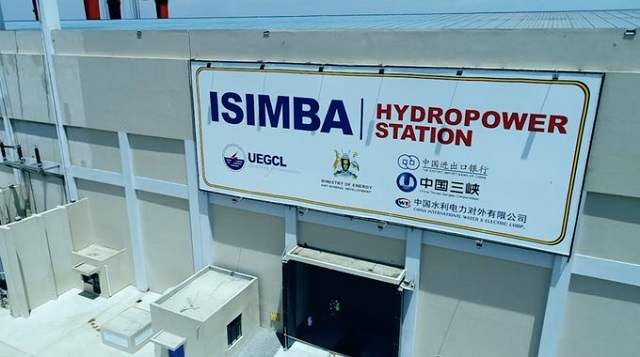Copyright ZeroHedge

Harvard astrophysicist Avi Loeb has once again leveled accusations against NASA during an interview on the Joe Rogan Experience, this time claiming the agency is deliberately withholding a key image of the mysterious interstellar comet 3I/ATLAS. The alleged photograph, taken by the High Resolution Imaging Science Experiment (HiRISE) camera aboard the Mars Reconnaissance Orbiter (MRO), shows the comet when it passed within 30 million kilometers of Mars, which is a rare close encounter for an object originating from outside our solar system, according to Loeb, who chaired the Harvard’s Department of Astronomy from 2011 to 2020. Loeb also said that he directly contacted the HiRISE principal investigator to request access to the data, but his request fell on deaf ears. “I wrote to the principal investigator of HiRISE, asking, 'Can I get the data? I’m a scientist,'” said Loeb, who said he received "no response" from NASA. The comet, designated 3I/ATLAS, has exhibited several unusual characteristics that have fueled speculation. Unlike typical comets, it displays jet-like emissions directed toward the Sun rather than away from it, a phenomenon that defies standard models of cometary outgassing, the New York Post reports. Additionally, 3I/ATLAS lacks a visible cometary tail and has been observed spouting nickel without accompanying iron that compositions not commonly seen in natural solar system bodies. Loeb has previously speculated that the Manhattan-sized object could be of alien origin, though he tempers this with caution. In his view, the more probable explanation is "terrestrial stupidity" rather than evidence of extraterrestrial intelligence. Nonetheless, the comet's non-gravitational acceleration and its trajectory raise questions. Loeb has suggested these features could indicate reconnaissance activity if the object were artificial, though he emphasizes this as a low-probability scenario. “If 3I/ATLAS is a massive mothership, it will likely continue along its original gravitational path and ultimately exit the Solar system,” Loeb wrote in a blog post in September. “In that case, the Oberth maneuver might apply to the mini-probes it releases at perihelion towards Solar system planets.” “Science is guided by evidence and not by expectations,” the Harvard astrophysicist continued. “We can find the answer to the above question by monitoring the sky during November and December 2025, and searching for any unusual activity of 3I/ATLAS or any new objects that came out of it.” “As of now, 3I/ATLAS appears most likely to be a natural comet,” he added. “But the remote possibility of an Oberth maneuver must be considered seriously as a black swan event with a small probability, because of its huge implications for humanity.”



